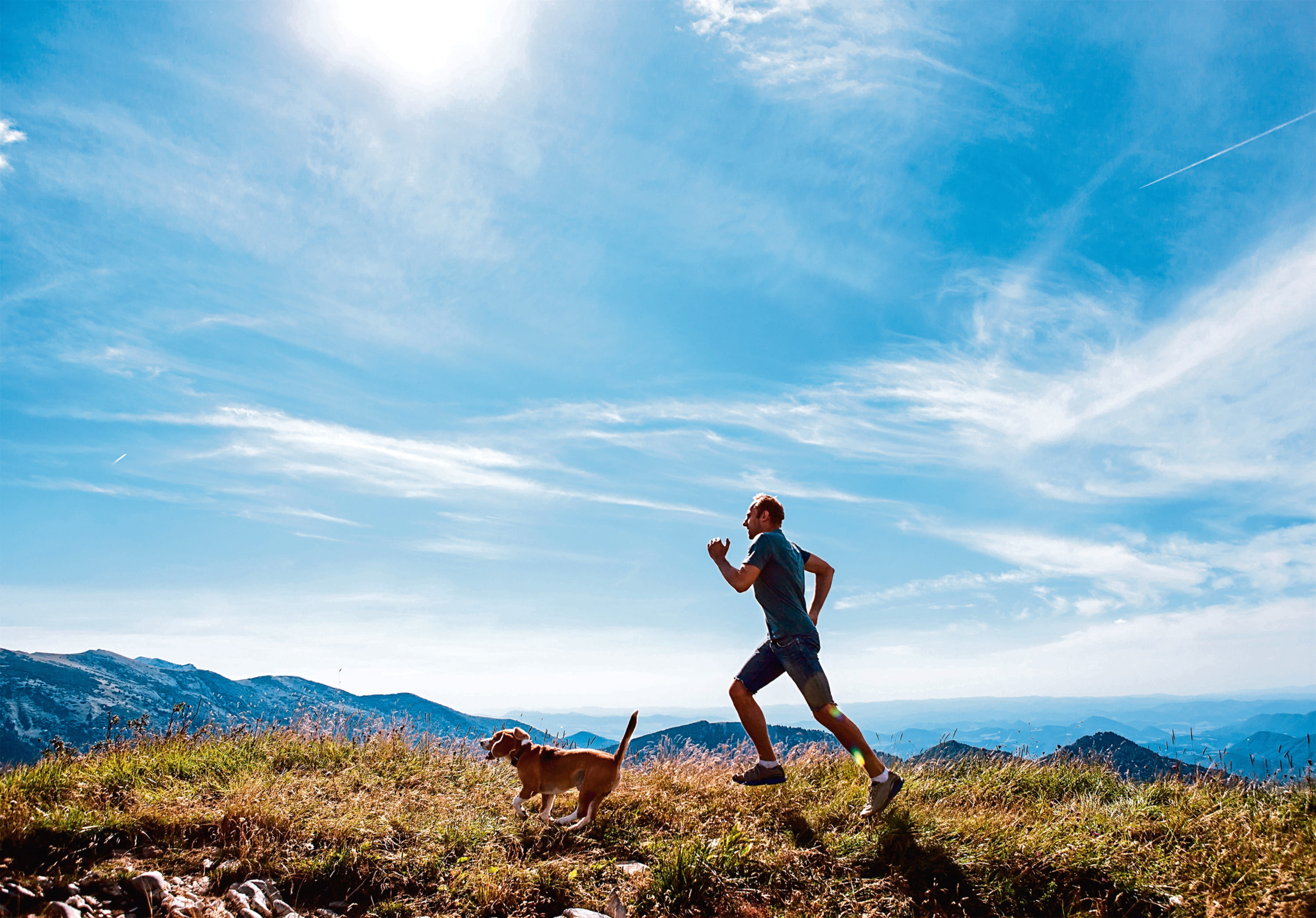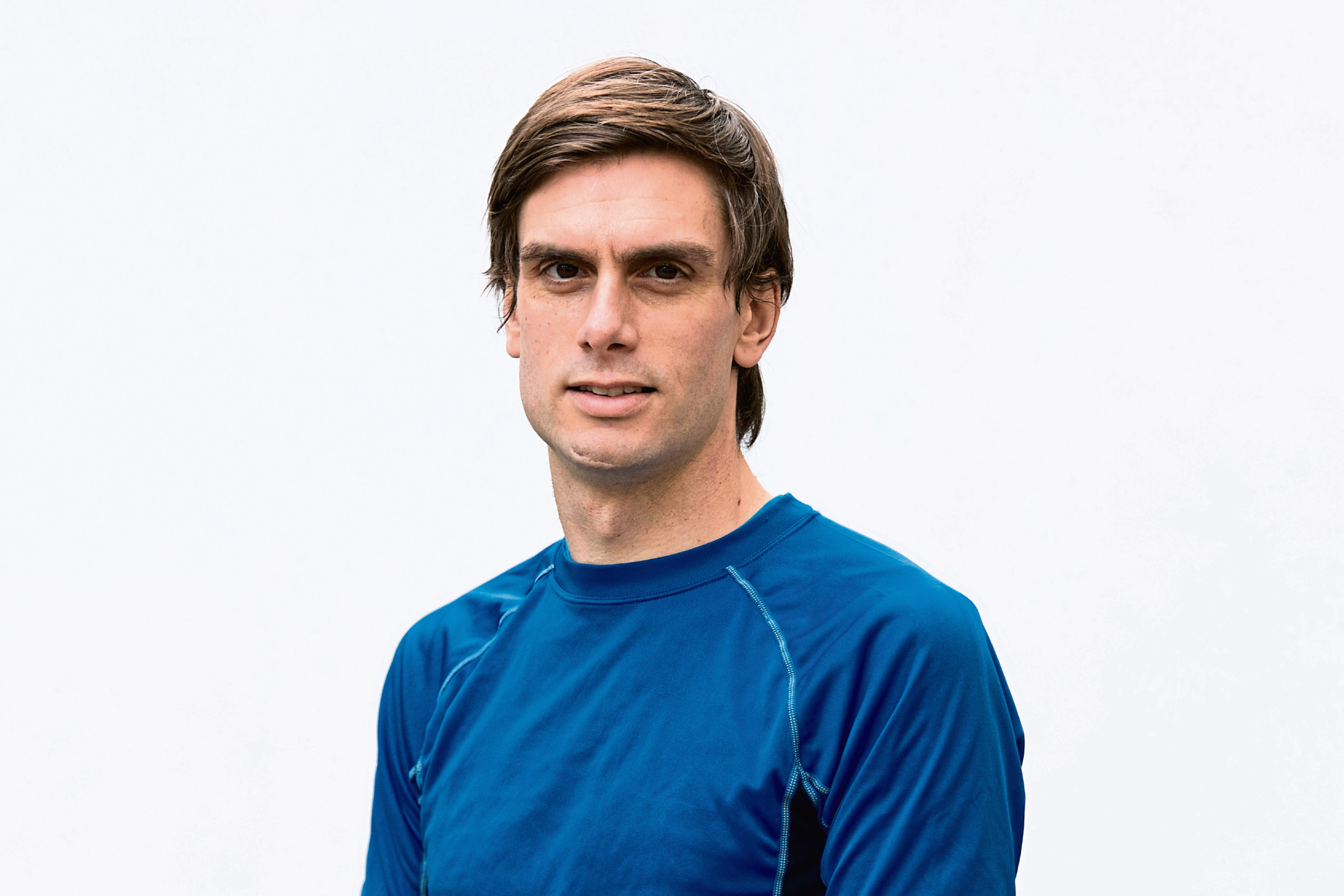
HILL runner Jonny Muir has written about his passion for racing over Scotland’s rugged and unpredictable landscapes.
He tells Laura Smith the Honest Truth about this little-known sport’s history, and the allure of running free in the country’s highest places.
Why did you write this book?
Writing on hill running has tended to be about the sport in England and centred on the Lake District. I wanted to give a voice to hill running in Scotland.
Few books on the sport explain why people do something that can be derided as “weird” so I wanted to demystify hill running.
When did you start hill running?
I started hill running seriously in 2009 when I moved to Inverness. Living in the Highlands, hill running felt like the natural thing to do. Having been a lifelong runner, I soon realised that the joy of running was magnified when taken to high places. Soon running and the mountains were indivisible in my life; there could not be one without the other.
How did it begin as a sport here?
The world’s first hill race reputedly took place in 1064 under the orders of King Malcolm III, who sought to create a team of messengers between the clan lands. Hill running later returned as part of Highland Games, before races began to be organised from the 1980s.
How popular is it today?
Hill running remains a niche, marginal activity, but it is arguably Scotland’s national minority sport, practised from the Western Isles to Aberdeenshire, from the Borders to the centre of Edinburgh.
There are dozens of races every year managed by Scottish Hill Racing.
How do conditions impact on hill running?
Conditions on high mountains can, theoretically, be “wintry” any day of the year.
Poor weather – high wind, mist, rain, snow – is typically part of the experience.
Hill runners do not simply run to see the view; they run to experience the mountain environment.
What does it take to succeed?
An intrinsic love of hills and mountains is essential. Hill running is not a sport you can be half-hearted about. Hill runners must understand and respect mountain environment, be self-reliant, able to navigate in poor weather and adequately equipped.
Where is your favourite place to run in Scotland?
I live two miles from the foot of the Pentland Hills on the southern fringe of Edinburgh. While there are higher and wilder places in Scotland, these hills hold a special personal calling.
What’s been your toughest run?
In 2017, I became the 98th person in 39 years to complete Ramsay’s Round, a 60-mile, 23-Munro loop in the Lochaber mountains. The route is largely pathless, rough and remote, and contenders must ascend and descend a height equivalent to Everest – all within 24 hours.
Any advice for beginners?
Even the best runners do not run every step of a climb; there is no shame in spending time walking. Hill running simply requires a shift in mindset – you will travel slower and inevitably the effort required will be greater than running on the flat, but so the rewards are greater.
What’s the appeal of running in high places?
Running up a hill is a metaphor for life. Of course, it is hard, but nothing worth doing is easy. Time spent running on hills, as the world below you diminishes in size, has a pure quality to it. Nothing matters but the next step or the next handhold. It is rare than any activity can so utterly divorce you from “normal” life.
And there is something about being high. After all, why do children want to be pushed “higher” on a swing? As humans, we are instinctively compelled to go up – for in doing so, we discover what defines us.
The Mountains are Calling: Running in the High Places of Scotland is published by Sandstone Press.

Enjoy the convenience of having The Sunday Post delivered as a digital ePaper straight to your smartphone, tablet or computer.
Subscribe for only £5.49 a month and enjoy all the benefits of the printed paper as a digital replica.
Subscribe